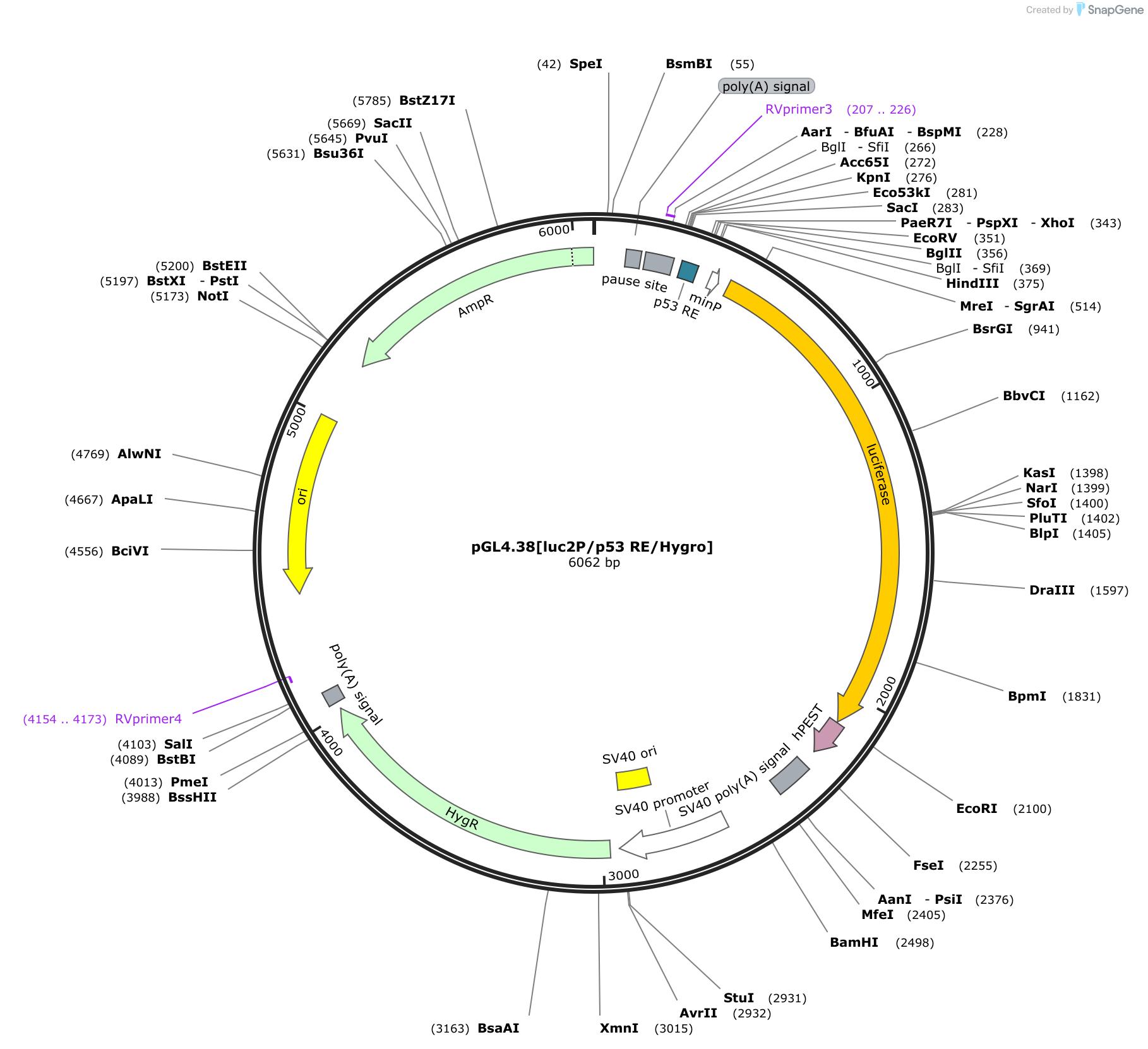

Adjacent to the R/U5 region in the vRNA is the primer binding site (PBS), which initiates RT. During RT, the R domain in the LTR is involved in strand transfer and recreates the 5′ U3 from the 3′ LTR. Most LVs use a heterologous promoter to regulate vRNA expression in packaging cells at the TSS (R/U5 region), so the 5′ LTR is incomplete and missing U3 in these vector constructs. In the HIV vector genomes, the first domain with homology to the HIV viral genome is the 5′ LTR through to the Ψ packaging signal. Patients received autologous marrow-derived CD34 + cells transduced with a therapeutic γ-retroviral vector driving γc from the long terminal repeat (LTR), and nine of ten patients developed a functional, adaptive immune system. The drawbacks of γ-retroviruses were first confronted in the initial clinical trials for X-linked severe combined immunodeficiency (X-SCID) in patients missing the γ common chain (γc) of the interleukin 2 (IL-2) receptor. The γ-retroviral vectors use the parental murine leukemia virus (MLV) benefit from simple design, high transduction rates, stable packing cell lines, and easy pseudotyping for broad tropism and can be made self-inactivating (SIN). Due to their ability to integrate into the host cell genome, the γ-retrovirus and lentivirus (LV) genera within the retroviridae family have received the most attention. Thus, these replication-defective viruses are repurposed and utilized for their natural genome-modifying properties. Although harnessing essential steps in the viral life cycle, these viral vectors separate the regulatory elements needed for transduction and transgene expression from the structural and enzymatic proteins needed for viral particle production. Although a range of platforms have been developed to deliver such genetic material to target cell populations, viral vectors are a particularly effective and versatile tool.

The core tenet of gene therapy as a treatment modality is the ability to deliver and express a transgene capable of imparting therapeutic benefit. We examine the function of each region in a lentiviral vector, the molecular differences between vectors, and where optimization may guide development of the lentiviral delivery systems. Phylogenetic analysis of the cPPT/CTS indicated multiple sources, perhaps because of its later inclusion into lentiviral vector systems, whereas other regions revealed node clusters around the HIV-1 reference genomes HXB2 and NL4-3.

The 3′ LTR was the most divergent sequence with a range of deletions. The Ψ signaling sequence demonstrated the greatest similarity between all vectors with only minor changes. All vectors included required elements: 5′ long terminal repeat (LTR) through the Ψ packaging signal, central polypurine tract/chain termination sequence (cPPT/CTS), Rev responsive element (RRE), and 3′ LTR, including a poly(A) signal. With the use of representative vectors developed for clinical/commercial applications, we compared the vector backbone sequences to the initial sources of the HIV-1. Importantly, the coding regions of viral proteins were deleted, and the cis-acting regulatory elements were retained.

These vectors incorporate features to provide long-term gene transfer and expression while minimizing generation of a replication-competent virus or pathogenicity. Three gene therapy strategies have received US Food and Drug Administration (FDA) approval one includes HIV-1-based lentiviral vectors. Gene Editing: Technology & Applications.


 0 kommentar(er)
0 kommentar(er)
